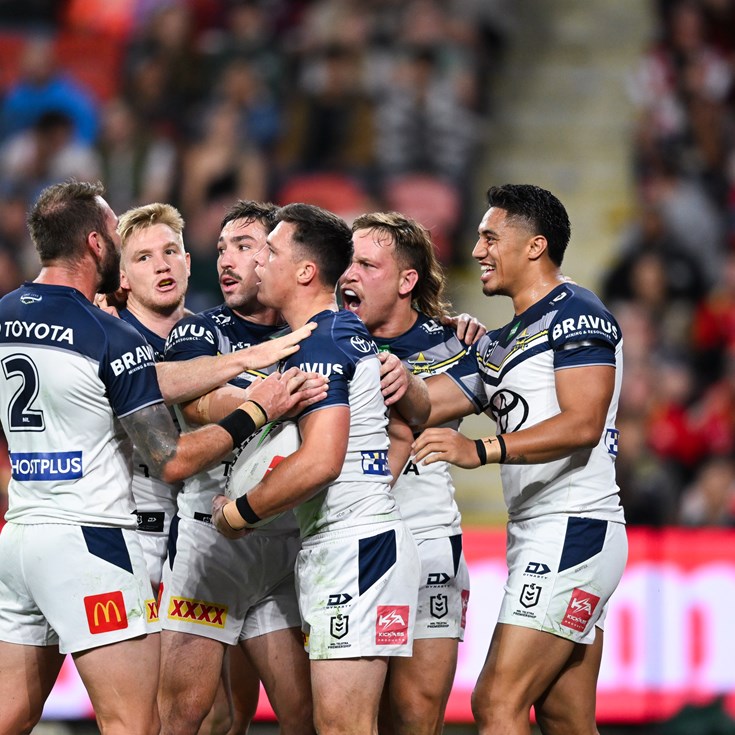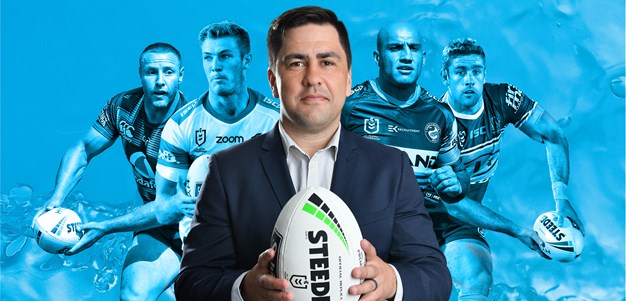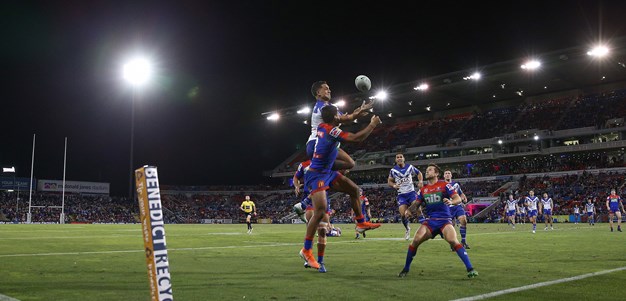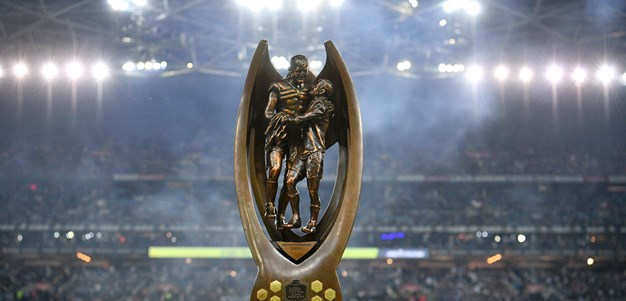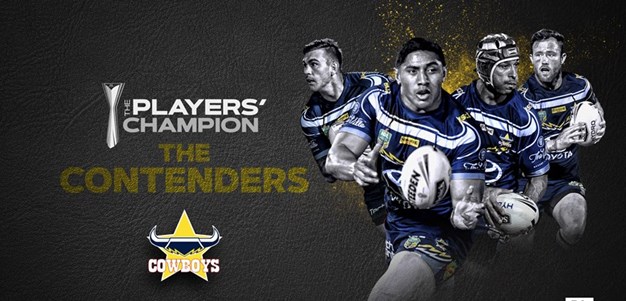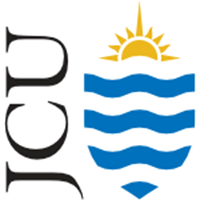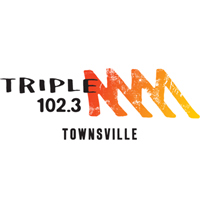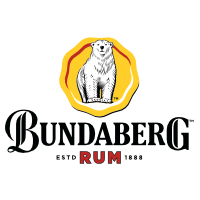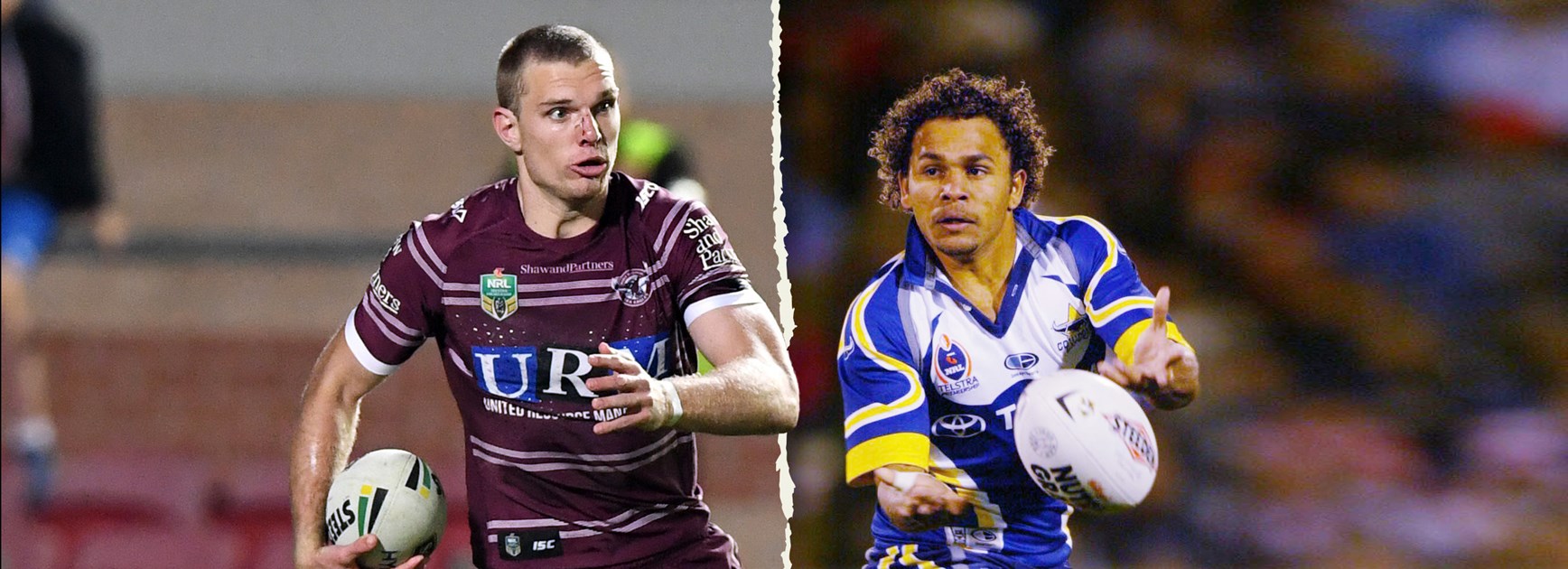
A look back at average player heights and weights by position from 2004 reveals that front rowers and fullbacks in the modern game are far bigger than just 14 years ago, while the average hooker has nearly identical metrics.
Fourteen years doesn't sound like that long ago. Modern-day veterans like Paul Gallen and Cameron Smith were already a couple of seasons into their careers, the Super League war was already a distant memory, and 15 of the current NRL 16 clubs (the Titans joined in 2007) were well established.
In other ways it seems a generation ago; NSW were threatening the very fabric of State of Origin by dominating a hapless Queensland who had won just three of the previous 15 series (with Luke Lewis and Billy Slater marking each other on the wing), and modern-day NRL and Origin coaches like Paul Green, Brad Fittler and Stephen Kearney were still playing.
And players, on average, were smaller.
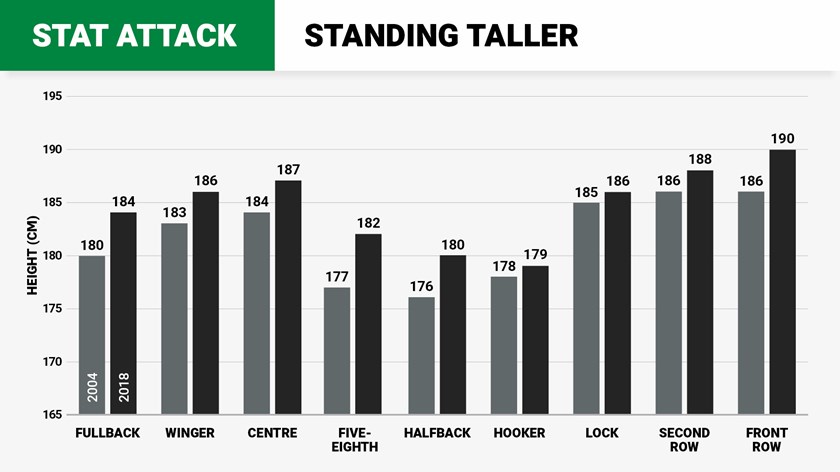
Back in the heady days of 2004, the average fullback weighed just 85kg and a lock tipped the scales at 97kg.
In the modern game a fullback on average is 91kg while a No.13 has bulked up to 104kg.
Outside backs and middle forwards lead the way in terms of size discrepancy between 2004 and now while hookers and – perhaps surprisingly – edge forwards are nearly indistinguishable in size now compared to then despite the generational shift towards larger bodies in general.
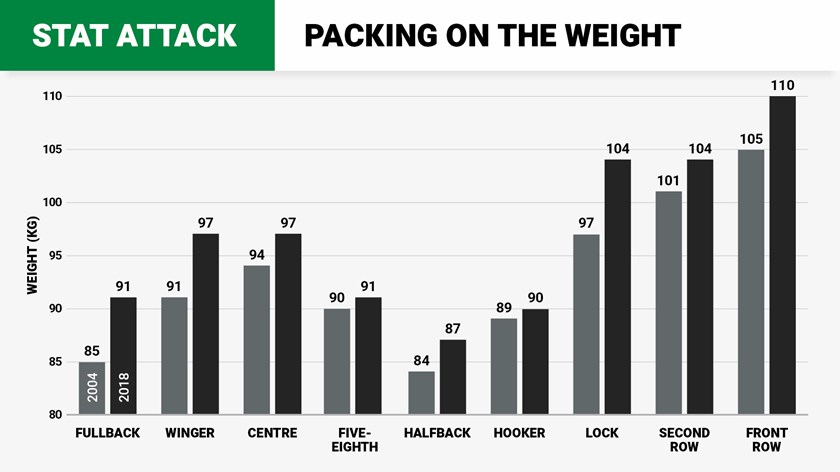
The average winger has grown six kilograms and three centimetres in those fourteen years. In the early 2000s, the likes of Hazem El Masri, Steve Turner and Nathan Merritt were scoring bags of tries and dominating the NRL.
These days those players would have their work cut out marking the likes of Daniel Tupou, Blake Ferguson, Corey Oates, Nene Macdonald and Ken Maumalo.
And with fullbacks, while the early 2000s featured livewires like Brett Hodgson, Preston Campbell and Matt Bowen earning rep call-ups and/or winning premierships, the next generation of dominant fullbacks – starting with the likes of Greg Inglis and Jarryd Hayne and moving on to James Tedesco, Roger Tuivasa-Sheck, Tom Trbojevic and Clint Gutherson – are huge by comparison.
In between is Storm fullback Billy Slater who, at 89kg, began his career as a bigger-than-average fullback and finished it as a smaller-than-average one.
A big part of the reason for this evolution has been a growing requirement on outside backs to double as extra forwards and generate powerful early-set carries. They also need to be able to out-leap opponents under the high ball.
A New Era Begins
Centres have also grown, just not as dramatically as back-three players.
It is a similar story for locks, though for different reasons. Gone are the days of the Laurie Daley-style ball-playing lock or even the days of honest toilers like Dallas Johnson, Tony Grimaldi or Scott Sattler.
These days locks need to play as a virtual third prop (ideally one who can play bigger minutes and pop a handy offload) and often get lumped in with props as "middle forwards".
Names like Sam Burgess, Paul Gallen, Josh Papalii, Josh McGuire, David Klemmer, Jason Taumalolo, Jake Trbojevic, Nathan Brown, Tim Glasby, Jai Arrow, Dale Finucane and Adam Blair have moved between lock and prop or played as a middle forward in the No.13 jersey.
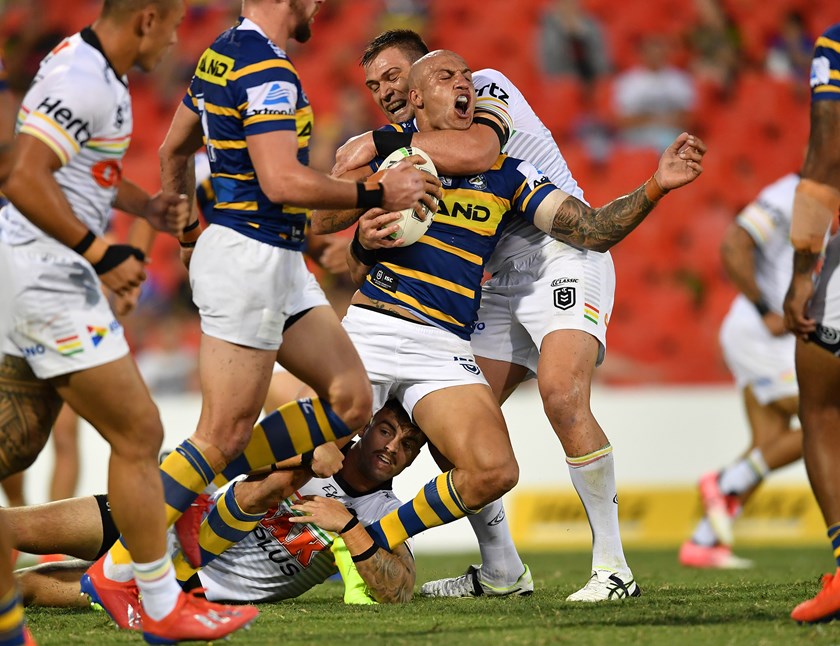
It remains to be seen if hard-hitting young Rooster Victor Radley can reverse the trend but at 92kg he is currently the odd man out.
While No.9s are almost the same size as they were in 2004, halves have grown somewhat.
Five-eighths have, perhaps counterintuitively, have gotten taller without getting heavier, while halfbacks are both slightly taller and heavier.
Size and strength has been important for props for as long as the game has existed so it's unsurprising to see an average increase in height and weight in that position. The fact that second-rowers have hardly changed physically in almost 15 years is perhaps more surprising.

